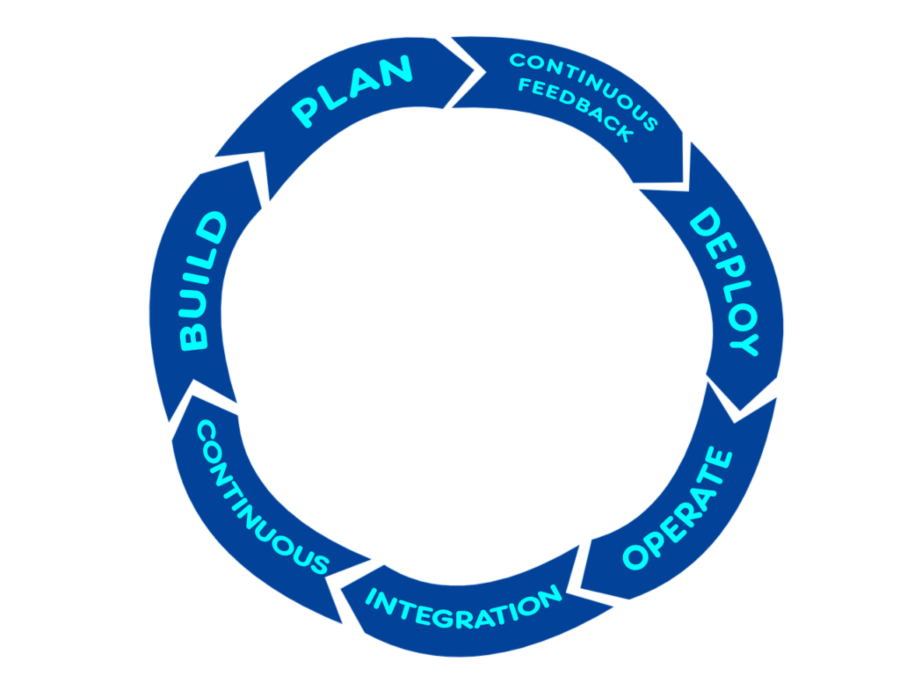According to Fundera, about 50% of food service businesses survive their fifth year of business. While it’s an intimidating statistic to work with, it means that no food business should be resting on its laurels. In fact, even if you make it to five years, only about 35% of businesses survive until their 10th year(!). But we’re not here just to scare you. We want to help you be in that percentage of successful businesses. This guide tackles applying restaurant KPIs to any food business, from customers and promotions to quality products and profit.
What are restaurant KPIs & how do they work?
As well as the usual business start up dos and don’ts, there are other useful metrics that you can use to measure your success year on year.
By adapting and implementing some restaurant key performance indicators (KPIs) within your specific food business, you can identify the areas that need improvement and those that are working well – enabling you to grow your business in a positive direction, rather than puzzling over numbers that aren’t adding up.
Whilst your key performance indicators will evolve with your business, it is useful to have some baseline principles from which to measure growth. Below, we provide some suggestions that you might like to apply to your business.
KPI 1. Your Customers
Your customers are your business, and ensuring that they a) start coming to you for food and b) that you satisfy them so that they either come back or spread the good word is crucial. As such, it is important to add some metrics to gauge your success:

Customer Acquisition
It can be really hard to get people to start coming to you, talking about you, and coming back to you. It is therefore really important to put a plan in place for your customer acquisition and to implement a key performance indicator to measure your progress in this area of your business year on year.
Depending on your business, gathering details on your customer intake can vary. If you are in partnership with various apps such as Deliveroo or Open Table you should be able to garner this information (how many new visitors you are receiving, how many people consider ordering from you but don’t, etc.) relatively easily.
You should also be able to measure traffic to your website – If you are a food delivery business, your website is key and ensuring that it is fully optimised is crucial. In having a website structured efficiently for search engines you can understand your analytics better and monitor activity on a monthly basis.
Customer Satisfaction and Loyalty
With satisfaction comes loyalty. Whilst loyalty is easy to measure in terms of how many customers you record returning, measuring their satisfaction is harder – unless, again, you are part of a food delivery app or restaurant booking system that pushes feedback from your customers on your behalf.
Don’t forget that it will be more common for people to comment on a bad experience than a good one – this doesn’t matter, what does matter is that you have a key performance indicator in place to measure how you improve (or don’t) year on year.
Your website will also be key to this – tracking returning traffic or incomplete orders will help you ascertain the satisfaction of your customers. Take note of your complaints and set them into different categories – food quality, timing, communication. There are also numerous ways in which you can ask customers for feedback directly. Whatever you do, make sure you record the information you gather correctly so that you can use it as a genuine measure of your customer’s loyalty and satisfaction with your service. Your customer is your king – you need them to drive business and getting this satisfaction is crucial.
KPI 2. Your Staff

In his book, The Richer Way, where Julian Richer of Richer Sounds discusses how to get the best out of people, he emphasises that providing secure, well-paid jobs with a happy workforce is one of the keys to long term business success.
Creating a happy working environment with a loyal workforce, passionate about excelling in what they do is no mean feat. To make sure that your staff remain motivated, engaged and loyal, it is worth putting time into measuring their happiness with a key performance indicator.
Now, you can’t necessarily gather this information from interviewing each of your employees, but you can measure the stats of staff turnover and absence. When your head is just about above water running a business it is hard to keep on top of this kind of detail – but running some basic HR principles and recording accurately staff absence/turnover is relatively simple. If your staff are happy they will put more effort into their job and in turn make your business better – it is another no brainer to have as an annual performance indicator.
KPI 3. Your Menu

All restaurants/food delivery companies will have a staple menu – and this is what many of your customers will return for. But there is a difference between house favourites and becoming stagnant, so it is also important to move with the times. Consider the latest food trends and how you can add specials to your menu to spice things up – you never know, they might become your next greatest selling point!
Whatever you do, make sure that you have a key performance indicator that measures how often you update your menu and what has sold. Give yourself targets to reach in terms of how often you experiment and measure their popularity so that you can come back to it in the next season or add it as one of your staples.
Unavailability Of Menu Items
Ensuring that you have the right quantities to deliver your promises without over supplying is crucial to not only running a smooth business but also in making sure that you streamline your costs. Getting this balance right is really difficult.
Anticipating for a seasonal appetite of asparagus only to discover that it isn’t as popular as you thought might leave you calling for Rubies in the Rubble, and at the other end, be too streamlined and you can risk affecting your customer satisfaction – There is nothing worse than discovering that a mouth watering ramen is off the menu, or worse, that it arrives and they hope that you won’t notice that you are missing the pork.
Implementing a key performance indicator to keep track of when you run out of items and when there is a rise in demand for certain things can really help you to plan, and make a success of the following year.
KPI 4. Your Quality
 “Eat” by Aurica Dina Kyra Lotzkat
“Eat” by Aurica Dina Kyra Lotzkat
Part of your customer satisfaction will come with the taste, look, presentation, arrival time and way it is delivered (politely or not) – keeping a record of any complaints here is crucial.
However, quality is not only crucial to your customer satisfaction, but also, and more importantly, in terms of safety. Ensuring that you adhere to the strictest health and safety standards is an absolute must in the food industry where you are dealing with people’s health. Have a look at foodstars’ starter guides and use our allergen poster to avoid any food poisoning or allergy incidents from your kitchen.
And of course, keeping records of all incidents that occur, both in the kitchen with your staff and externally with your consumers is crucial. Your goal is to have zero and working on this year on year is essential.
Adding a key performance indicator to analyse this part of your business can help you to improve your service as well as give you something to boast about for marketing purposes.
KPI 5. Your Orders

If you are working from a FoodStars kitchen, you are likely to be providing food delivery services in some capacity. Implementing a key performance indicator for your orders will provide a good metric of your efficiency as well as another indication of customer satisfaction.
Keep a record of all orders that were successfully completed and whether they were delivered in good vs bad time; those that failed and those that were cancelled. You can use this feedback to work out if you have made your delivery radius too large, or if there is an issue with your own internal systems that can be improved upon.
KPI 6. Promotions

Promotions can often seem agonising to set up and costly to the business, so measuring their success is key to ensuring that they are worth it. Perhaps you offer a lunch time special deal or sides for free, a happy hour or time when kids meals are provided at a discount.
Whatever you do, whether it be run through digital marketing, a competition or happy hour – TAKE NOTE OF THE RESULTS! There is a reason that companies do promotions and if you can get your promotion right, you should reap the rewards.
Keep track of how much it costs you, how many extra sales you made, and which particular promotions work best – short term extra cost could lead to longer term gains. Customer acquisition is your first step, retaining customers is another step altogether – understanding the best means to spread the word about your business will help you build on this over time.
KPI 7. Profit

Most people would think that profit should be your first KPI, but if you are a start up you really shouldn’t be looking to achieve profits in the first three years. In fact you should give yourself a giant pat on the back if you are just capable of staying afloat! You do, however need to keep note of your margins and your cashflow and as such keeping a close eye on your goals vs what the actual amounts come to across each section of your business should be a priority. Consider putting together what you believe your goals are for the costs related to:
- Labour
- Food
- Overheads
- Partners
Give yourself at least bi-annual checks on these running costs to a)make sure you’re not running yourself into the ground and b)to explore where you might be able to expand or where you might need to cut down.
In Summary…

There is no right or wrong way to decide upon your key performance indicators, nor how to measure them, but they are important.
Whatever happens, once you’ve selected the restaurant KPIs that you think apply best to your food business, make sure you set an annual or bi annual date to review each one so that you can ensure you have a record of your progress. You needn’t report them to shareholders, but maintaining them for your own internal analysis is an important part of identifying weaknesses and strengths in the business to help you improve for the year ahead.
Looking at starting a food delivery business? Gym Food bears all in a recent interview